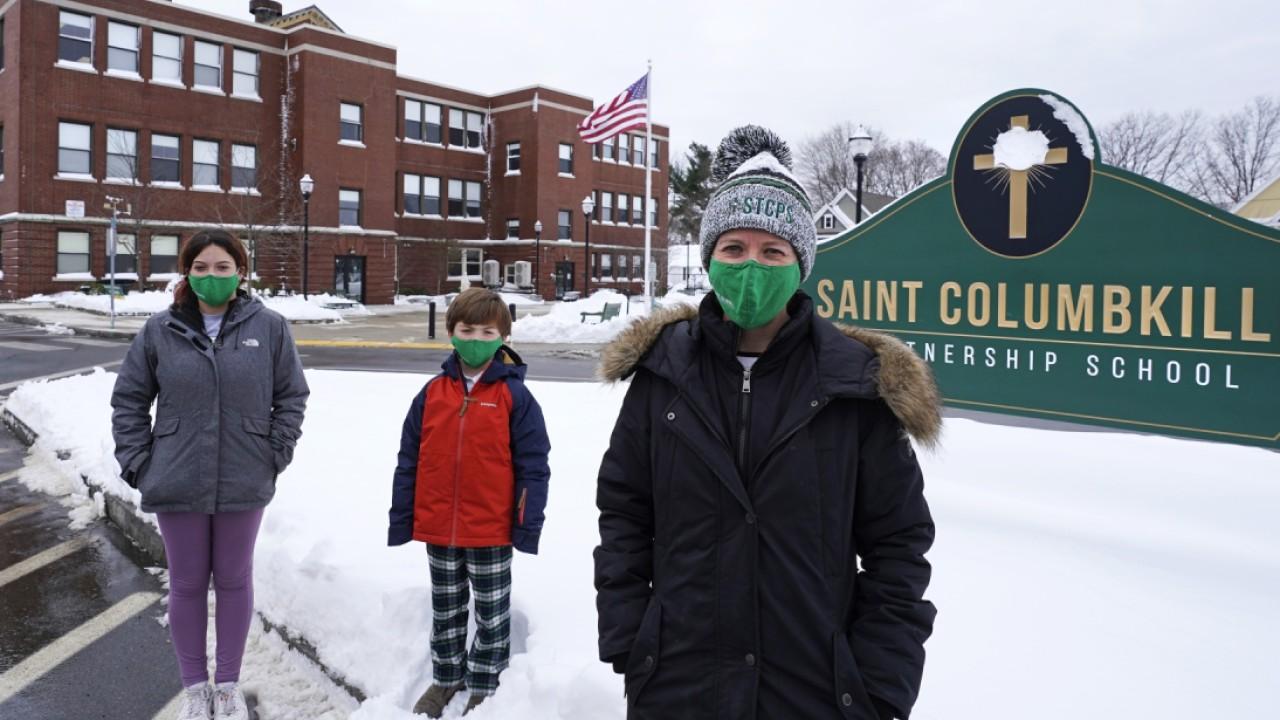Parents of remote learners have smaller roles in US workforce
Students who go to school in-person are more likely to have parents who work full time, new survey shows
Parents of school-age children who are spending part or all of their time taking classes from home are less likely to be employed full-time, in the latest indication of how the pandemic-fueled school closures have taken a toll on working parents.
About 47% of parents with children who are learning entirely remotely or are in hybrid situations because of the coronavirus pandemic are working full-time, compared with 71% of parents whose children are physically back in school buildings, according to results of the Franklin Templeton-Gallup Economics of Recovery Study released Tuesday.
About 24% of parents whose children are attending school virtually aren't working at all compared with 15% of parents whose children are attending school in person every day, according to the survey. About 73% of the surveyed parents said their child is learning remotely at least part of the time.
The results are the latest to illustrate how the prolonged school closures have increased the pressure on working parents. About seven million adults said they weren't working because they were home caring for children who weren't attending day care or school in-person, according to recent U.S. Census survey data conducted in late October and early November, up from around six million in May.
Twenty-seven of the nation's 75 largest school districts have remained physically closed since last March, while 14 have returned to distance-learning after initially resuming in-person instruction this school year, according to the Council of the Great City Schools. Some districts are planning to gradually welcome students back inside buildings in the coming weeks as growing concerns about the mental health of students and strains on parents are being given greater weight against the risks of spreading the virus.
The mass switch to online learning has affected both men and women. Regardless of gender, those who have children learning virtually are more likely to be working part-time or to be unemployed compared with those whose children aren't learning remotely.
Yet, women with school-age children are more likely to be dialing back from work compared with men. About 41% of women with school-age children said they are working full-time, compared with 69% of men, reinforcing other findings that pandemic-era joblessness is disproportionately affecting women.
Women account for 55% of the overall net jobs lost since the start of the crisis, with women of color hit especially hard, according to the National Women's Law Center.
But the differences among women widen depending on whether their child's school is offering in-person instruction: One-third of mothers with remote learners aren't working, compared with one-fourth of mothers with children in school buildings full-time.
The survey results are based on online interviews with a sample of 1,374 parents of school-age children conducted in early December.




















